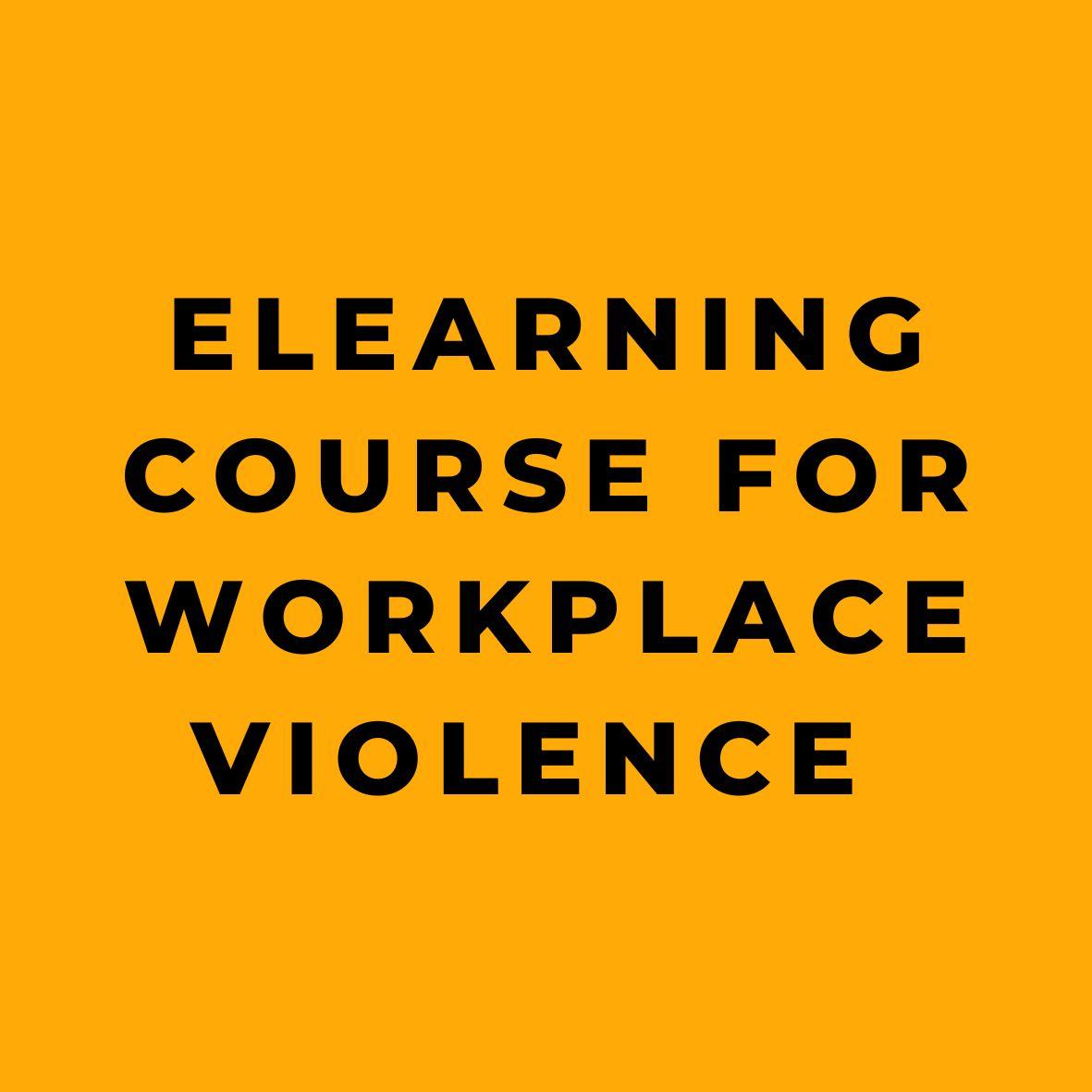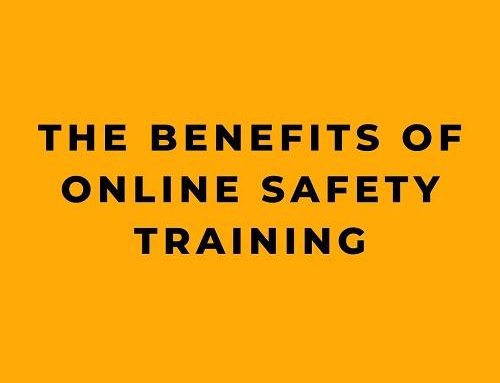Workplace violence is a serious issue that affects millions of workers in the United States each year. In this article, we’ll discuss some of the major points of information presented in our program.
First of all, it’s important to understand that a certain amount of conflict in the workplace is normal, but where do we draw the line? Most incidents begin as just a disagreement between co-workers, but argument can escalate into insults, challenges, even threats. Bystanders often ignore these confrontations, dismissing them as “personality conflicts”. But eventually, the “personality conflict” becomes physical, resulting in serious injuries, even death. So, how much conflict is too much?
OSHA requires that employers provide “a place of employment free from recognized hazards that are likely to cause death or serious physical harm to employees.” Any type of “workplace violence” should be considered one of those hazards. Workplace violence is stressful, bad for morale, and downright dangerous. We have to take steps to prevent any violence in the workplace.
Before we go any further, let’s define the word “violence.” Violence includes physical confrontation, but it also includes verbal and emotional attacks. The psychological harm caused by threats, verbal abuse, and intimidation can be as serious as any physical injury.
There are several sources of violence in the workplace. “Outside threats” are created by people who commit acts of violence, but who aren’t employed by your company. In healthcare environments, patients or their families can sometimes become hostile, and assault medical personnel. Another type of outside threat is “commercial crime.”
The workers at greatest risk from commercial crime are those who exchange money with the public, work alone or in small numbers, and work late-night or early-morning hours. Another source of workplace violence is “inside threats.” All organizations are at risk from aggressive or violent people who are working in their facilities. Disagreements or personality conflicts between coworkers are the most common causes of workplace violence.
Fortunately, violence rarely happens without warning. Although we can’t predict when and where workplace violence will strike, there are usually “warning signs,” “red flags” that tell us to proceed with caution. An individual may start complaining frequently, or blame others for their problems. Other “red flags” include being late or absent more often than usual, or disappearing during the work day. You may notice a coworker becoming careless, reckless, or having accidents on the job.
But remember, these types of warning signs don’t always indicate future violence. Everyone has “bad days,” and may blow off a little steam now and then. What you really need to watch for is when these start to lead to aggressive or violent behavior.
There are basically three types of threats: “veiled,” “conditional,” and “direct.” Veiled or “hidden” threats suggest that a person intends to do harm. Conditional threats always are used to intimidate people. Direct threats always come through loud and clear. Sexual harassment is also a form of violence, and women aren’t the only victims.
Verbal abuse is another type of aggressive behavior, and can include bullying, mocking, intimidation, and insults. While it’s important that any type of aggressive behavior be nipped in the bud, some people don’t want to get anyone “in trouble” by reporting these kinds of incidents. The fact is, making a report is your best opportunity to solve the problem once and for all.
If you come face-to-face with an armed assailant, remember “The person with the gun is in charge.” Follow their instructions to the letter. Never resist an armed assailant unless you feel they are going to kill you. This is the only time it’s worth risking your life to fight back. In general, the best approach to dealing with an armed assailant is to get away as quickly and safely as possible. Stay low, out of sight, and try to help others get to safety if you can. If an assailant does confront you, remember that they are in control of the situation and follow their instructions carefully. Keep your hands visible and make no sudden moves.
It’s important to remember that no amount of aggressive or violent behavior is acceptable in the workplace. As employees, we have the right to be treated with respect and dignity, and to work in an environment that is free from recognized hazards that are likely to cause death or serious physical harm. Workplace violence is a recognized hazard, and employers have a responsibility to take steps to prevent it from occurring.
As individuals, we can also take steps to prevent workplace violence. We should watch for the warning signs of violence, such as mood swings, defensiveness, and acting recklessly. We should report incidents of threats, intimidation, and sexual or verbal harassment, as well as aggressive and violent behavior. We should try to resolve conflicts peacefully, and if we’re confronted with violence, we should try to escape or call for help.
It’s also important to be aware of our company’s policies and procedures for dealing with workplace violence. Many companies have an Employee Assistance Program or an independent hotline that employees can use to report incidents of violence confidentially. Companies may also have security personnel who are trained to handle violent situations. It’s a good idea to familiarize ourselves with these resources so that we know what to do in case of an emergency.
Workplace violence is a serious issue that can have devastating consequences for individuals and organizations. By taking steps to prevent workplace violence and responding appropriately when it does occur, we can help to create a safer, more respectful work environment for ourselves and our coworkers. Remember, no one deserves to be subjected to violence or harassment on the job, and we all have a responsibility to speak out against it and work together to prevent it.
Are you concerned about workplace violence and the impact it can have on your business? Did you know that workplace violence costs businesses over $100 billion dollars in lost revenue annually? At least two million workers report being assaulted on the job every year and one in ten fatalities that occur in the workplace is a homicide. But the good news is that workplace violence can be prevented.
Our “Workplace Violence” products are the comprehensive solution to help employees prevent and respond to violence in their facilities. Our products include full-length online courses, DVDs, interactive CD courses, and the new “Micro-Learning” curriculum, all available in English and Spanish.
Our courses cover topics that are integral to employees’ understanding of these issues, including what is violence, warning signs to watch for, handling aggressive behavior, avoiding injury if violence does occur, and much more. But what sets our courses apart is the way we deliver the content.
Our online interactive courses are designed to keep employees engaged and involved in the learning process. Our courses feature full-motion HD video filmed in real-life workplace settings and interactive quiz questions that ensure employees are fully engaged in the learning process and retain more of the information they have learned.
What’s more, our courses incorporate remediation training. If a trainee misses a question on a quiz, they are presented with the course content that explains the topic over again. This means that training time is reduced and the courses are much more efficient and effective.
We understand that managers need to track and monitor employee progress, which is why our training activity is tracked and recorded along with test scores. This makes it easy for managers to monitor their employees’ progress and ensure that everyone is staying on track with their training.
We offer a range of different types of online safety courses, including adaptive learning courses, micro-learning courses, full-length interactive courses, and video streaming (VOD) courses. Our libraries contain over 170 courses on important topics such as regulatory compliance, human resource topics, and general safety topics. Some of the topics covered include forklift/powered industrial truck safety, lock-out/tag-out, hazard communication, personal protective equipment, respiratory safety, confined space entry, and hearing safety.
Don’t let workplace violence impact your business. Invest in our “Workplace Violence” products today and give your employees the knowledge they need to prevent and respond to violence in the workplace.










